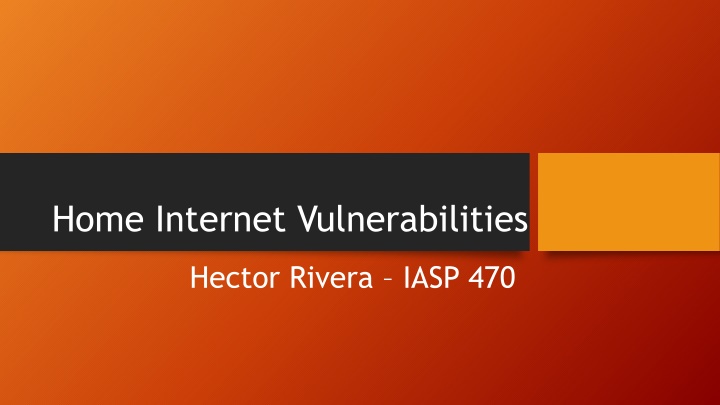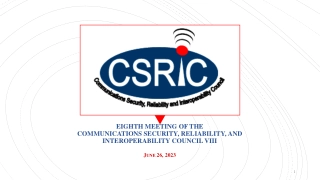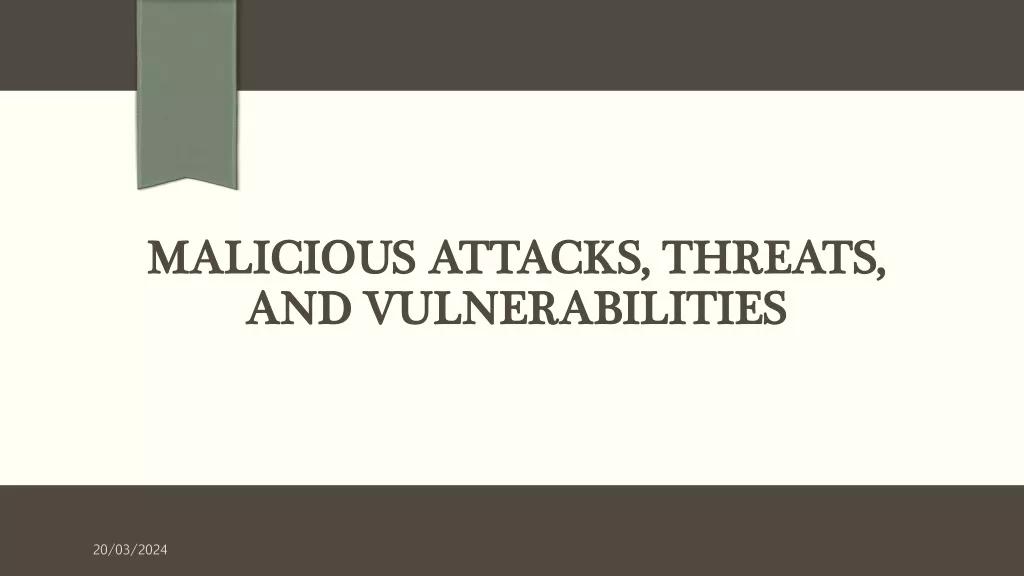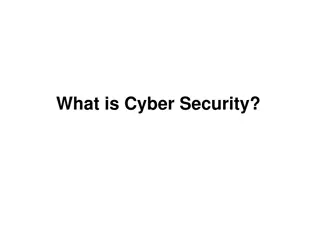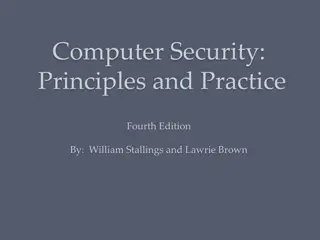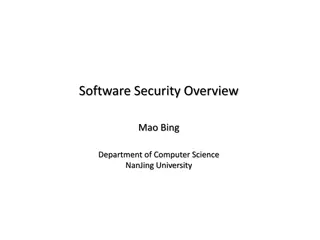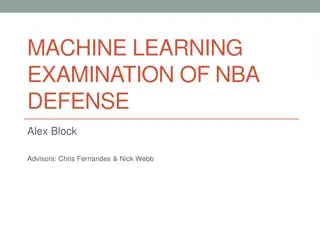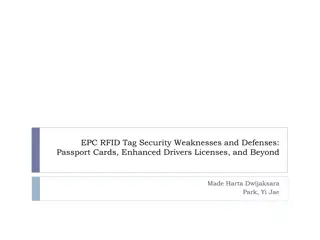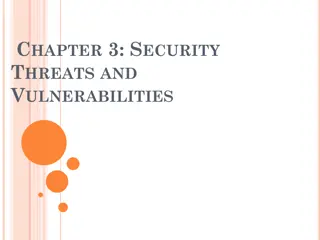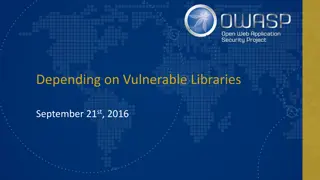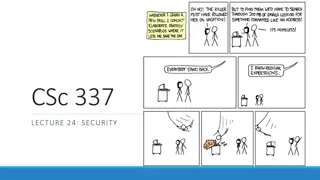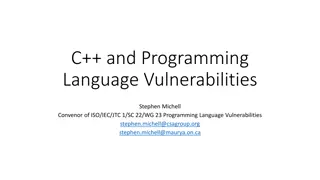Home Internet Vulnerabilities - Security Framework & Defensive Measures
Home Internet Vulnerabilities research explores the increasing attacks on IoT devices, common attack methods like social engineering, and defensive measures such as HIPS and NIDS software packages. The framework of a home internet system with four attack layers is discussed along with educational measures to prevent attacks.
Download Presentation

Please find below an Image/Link to download the presentation.
The content on the website is provided AS IS for your information and personal use only. It may not be sold, licensed, or shared on other websites without obtaining consent from the author.If you encounter any issues during the download, it is possible that the publisher has removed the file from their server.
You are allowed to download the files provided on this website for personal or commercial use, subject to the condition that they are used lawfully. All files are the property of their respective owners.
The content on the website is provided AS IS for your information and personal use only. It may not be sold, licensed, or shared on other websites without obtaining consent from the author.
E N D
Presentation Transcript
Home Internet Vulnerabilities Hector Rivera IASP 470
Introduction Due to the increasing demand and production of internet-based devices (IoT), smart devices on a home-based internet has seen impressively increased attacks from hackers daily. Using cloud-based internet in homes, vulnerabilities through newly designed appliances, video games, and other mobile devices have multiple attack points that could be exploited through various network layers. Through this research, topics will cover the likelihood of an attack and measure that can be taken to prevent an attack occurring in the home.
Framework of a Home Internet Home internet system contains four attack layers Most home internet systems are composed of: smart terminals communication networks Cloud internet Controller APPs The router is an important piece of equipment that manages network layer connectivity between a WAN and LAN
Common Attacks Social engineering - method used by many attackers to gain access to unauthorized information or systems. While unethical, many attackers use this method as part of their penetration testing. Hackers employ techniques such as Deception Bribery Impersonation
Common Attacks Other methods to collect data that employed would include - Spear Phishing using either email or social media as a trusted source for individuals to click on links to gain access or download malicious code. TCP Session Hijacking - a hacker compromises a session token (either confiscating or guessing), acquiring unauthorized access to the Web server. UDP Hijacking - does not use sequencing for session establishment and sending packets, uses broadcasting messages across the network
Defensive Measures Measures can be taken to reduce the risks of attack - The Information Security Technology Security Vulnerability Classification Guide provides a method where users can measure the level of vulnerability to their home internet system. o A mathematical formula is provided to measure a score that can impact on the level of attack Education through online courses about internet of things (IoT)
Defensive Measures Software packages can help in reducing the risk of attacks Host-based intrusion prevention system (HIPS) - software packages can assist users in the detection of any suspicious activity by analyzing events occurring within that host aims to stop malware by monitoring the behavior of code Network-based intrusion detection system (NIDS) - used to monitor and analyze network traffic to protect your system from network-based threats
Conclusion Awareness of threats to the average costumer who use many of the internet-based devices, is important as the potentiality of harm to personal information helps to minimize attacks. Education in attacks is the beginning of defending from attacks but not enough As smart devices become introduced and improved, proactiveness and defensive measures against cybercriminal activity becomes a responsibility for everyone
